Smoketree Photos: The Ghosts of the North American Desert
A unique look and name
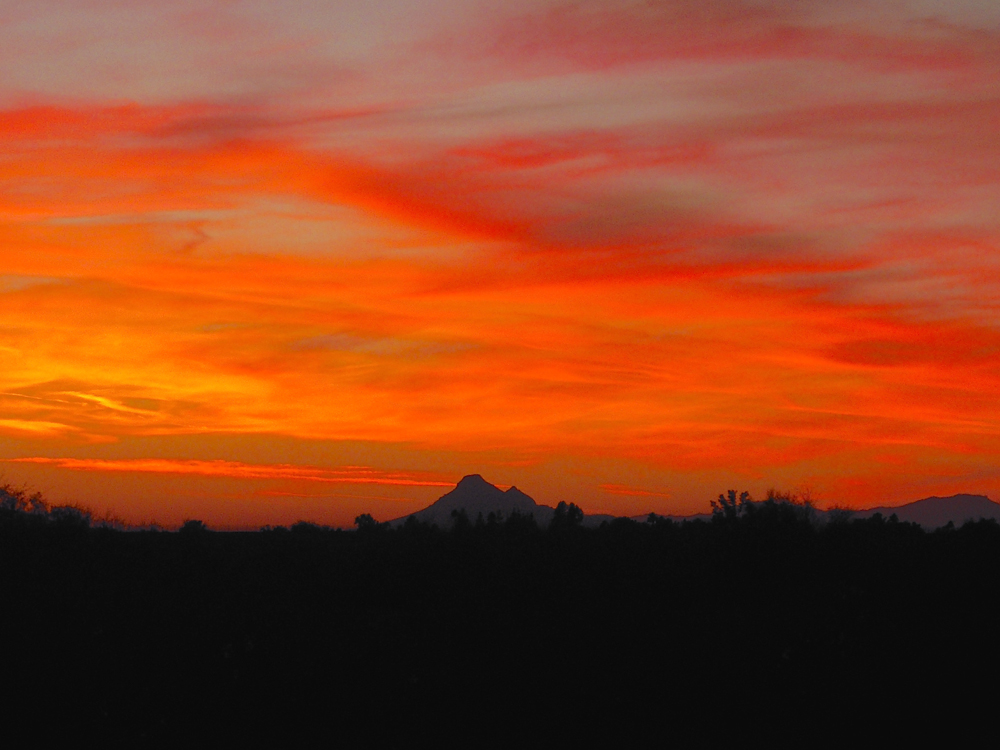
The deserts of the American Southwest are known for their spectacular sunsets, extreme temperatures and a wide variety of unique flora and fauna. The all-too-common scorpion, like other critters, has changed very little in appearance since the time its ancestors walked with the dinosaurs; many of the endemic trees cover their trunks and branches with protective thorns. One such local tree looks from a distance like a puff of rising smoke and is appropriately called the Desert Smoketree.
Colors in the desert
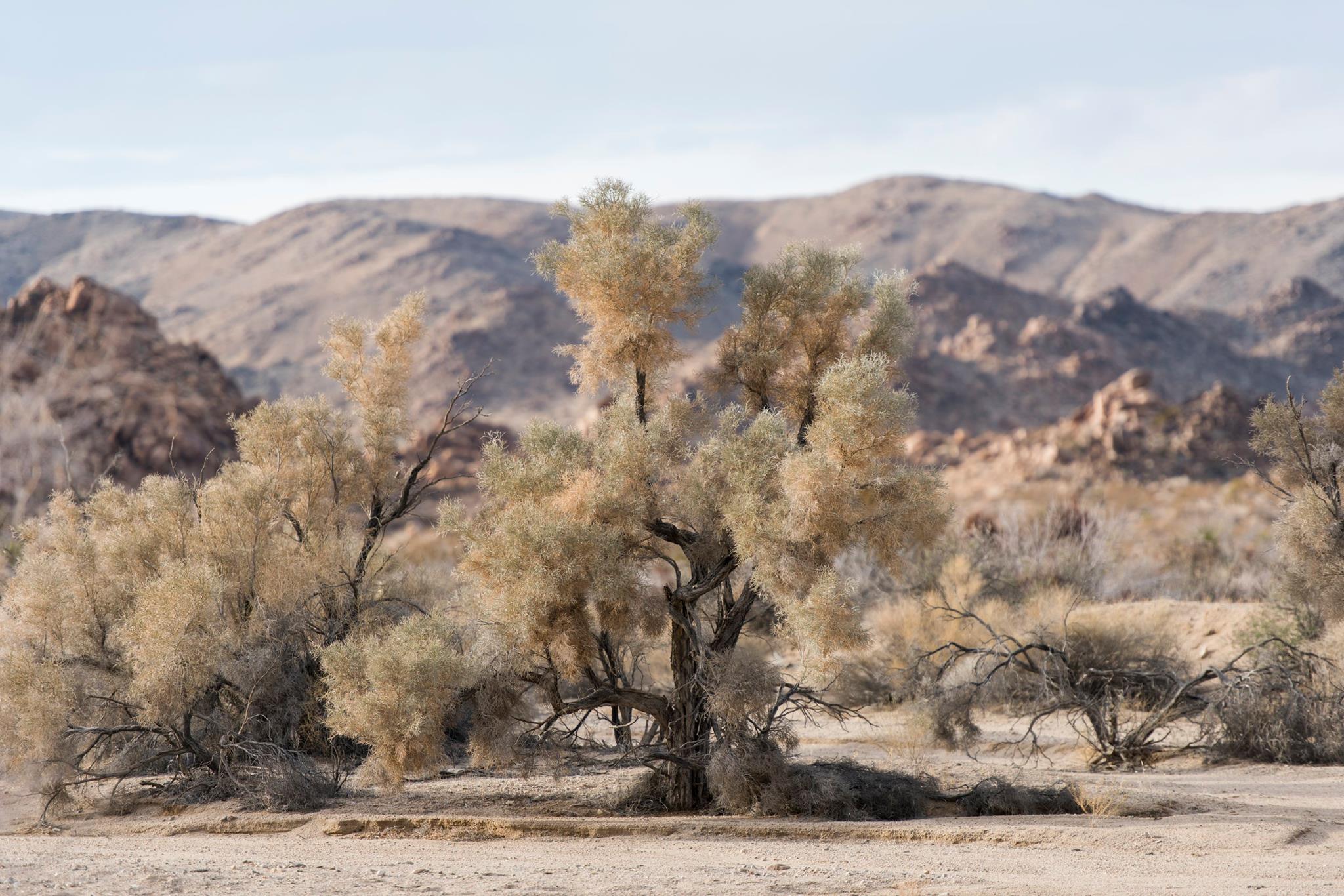
The Desert Smoketree, Psorothamnus spinosus, is an inconspicuous member of the desert flora community that is extremely tolerant to drought. It thrives in the extreme direct sunlight of the deserts and can grow to a height of 25 feet (7.2 meters) with an equal spread of 25 feet across. It is tolerant to freezing temperatures down to 15 degrees Fahrenheit (minus 9 degrees Celsius).
A family thing
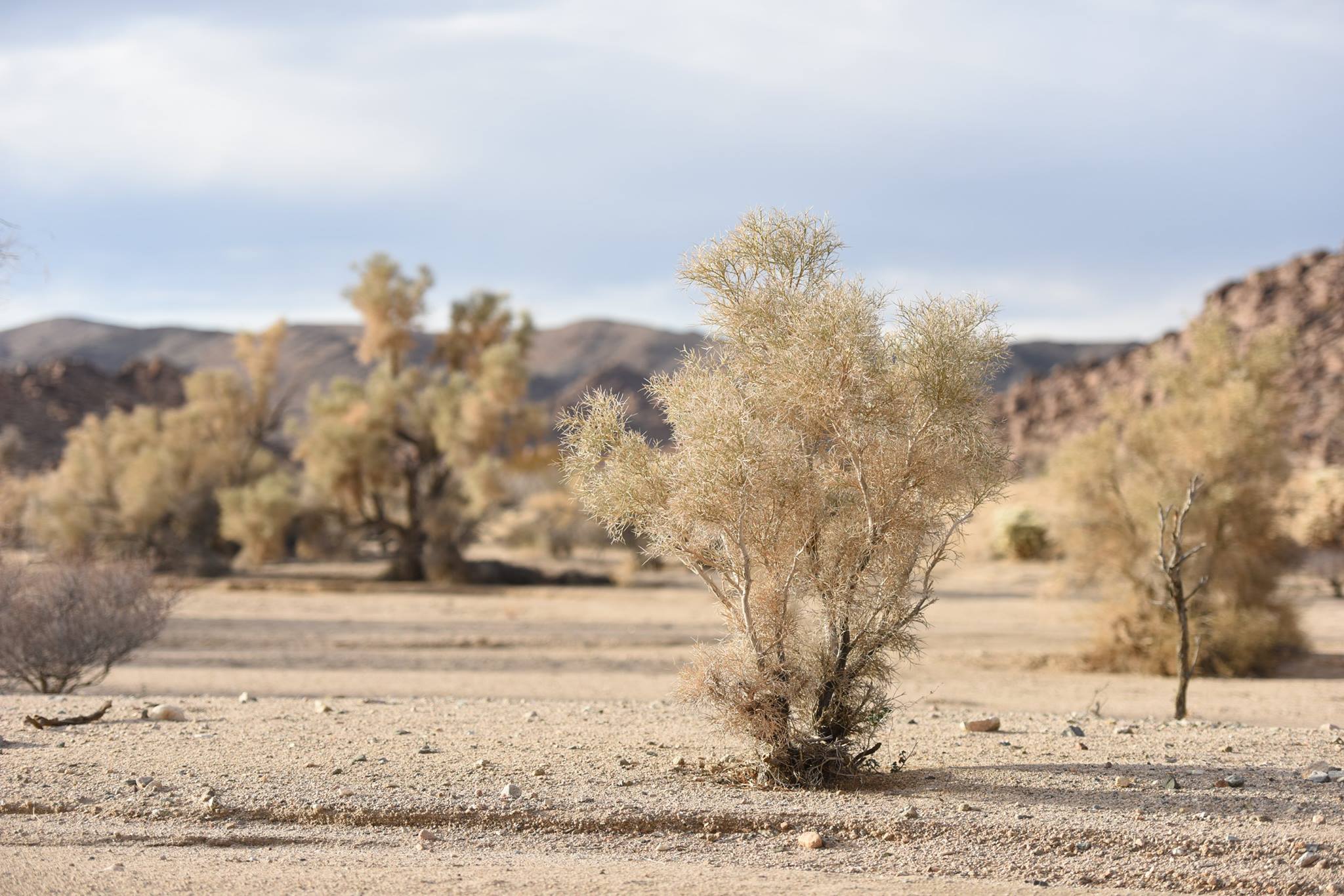
The Smoketree is a member of the legume or pea family of trees, making it a distant relative of the other common desert trees — palo verde, mesquite and ironwood. It is closely related to other desert legumes such as the dye weed (Psorothamnus emoryi), indigo bush (Psorothamnus schottii) and the annual purple desert lupine (Lupinus shockleyi).
Spread far and wide
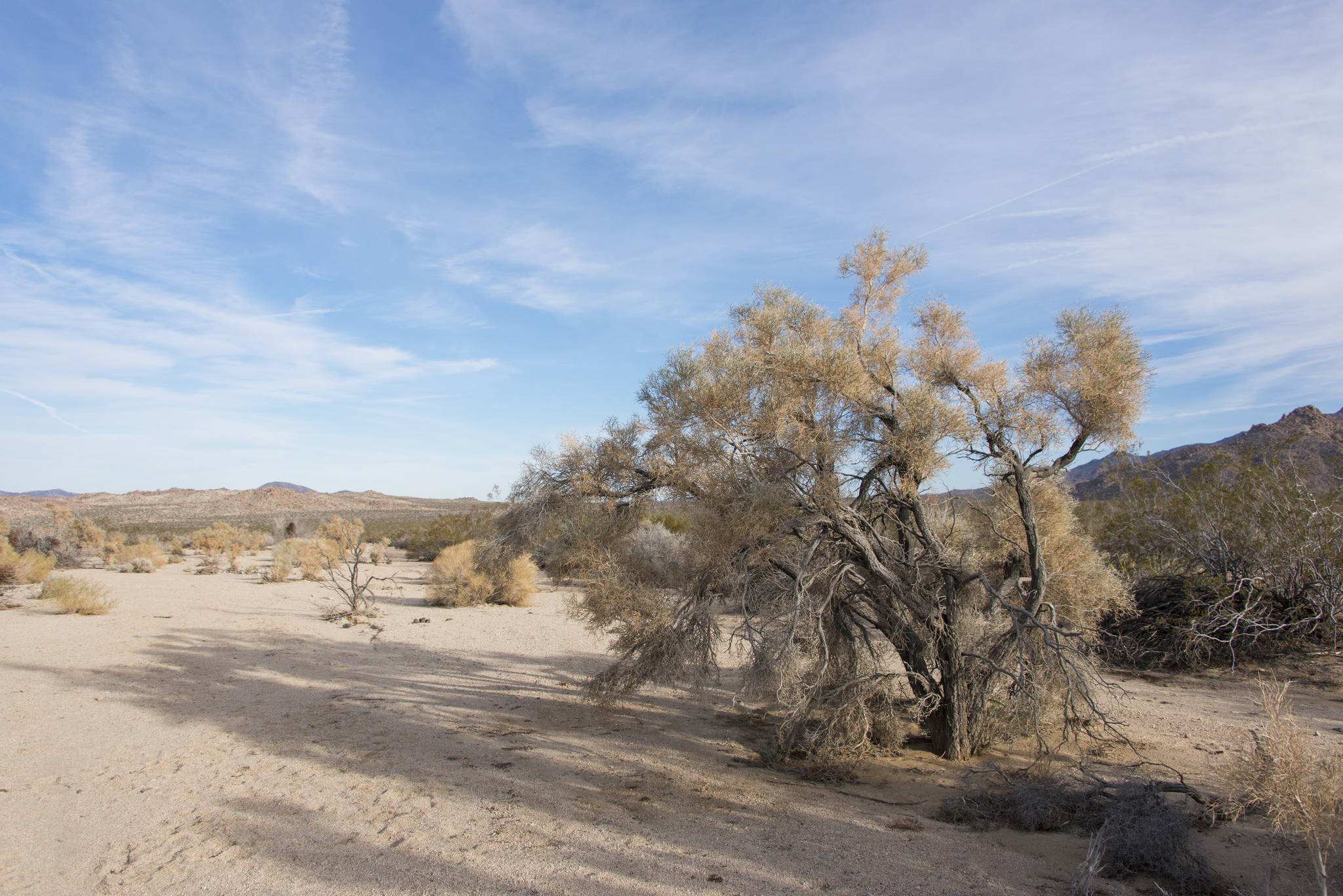
Smoketrees thrive in the dry sandy washes of extreme southern Nevada, southeastern California and southwestern Arizona. This range distribution means they are found in the Mojave Desert, or what locals Californians call the Colorado Desert (an actual subsection of the Sonoran Desert), and the Sonoran Desert in the western part of Arizona. In Arizona, their distribution is most common from the Bill Williams River to the north and the Gila River to the south. Smoketrees are found at elevations from sea level to an altitude of 1,500 feet (460 meters).
Claiming a sea-view
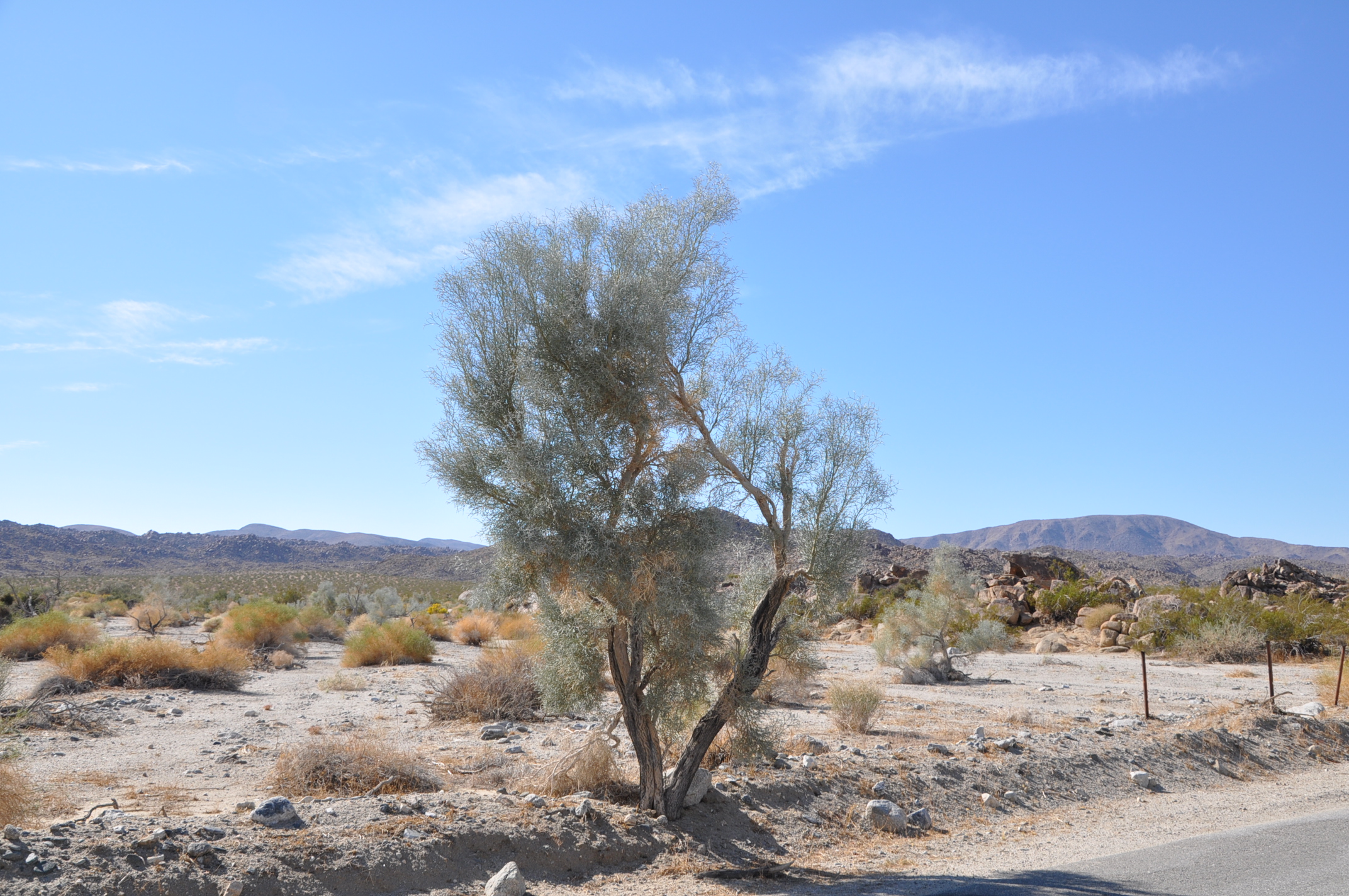
Smoketrees also grow in the eastern range of Baja California along the coastline of the Sea of Cortes. They are found growing on numerous islands in the Sea of Cortes, including Isla Ángel de la Guarda. At the northern edge of the Sea of Cortes in the Mexican State of Sonora, the Smoketree is located throughout the Gran Desierto de Altar, a major sub-ecoregion of the Sonoran Desert. This unique region of the Sonoran Desert contains the only erg dune region of windswept sand with little vegetation that covers at least 480 square miles (1,240 square kilometers) in North America.
Seeing what's not there
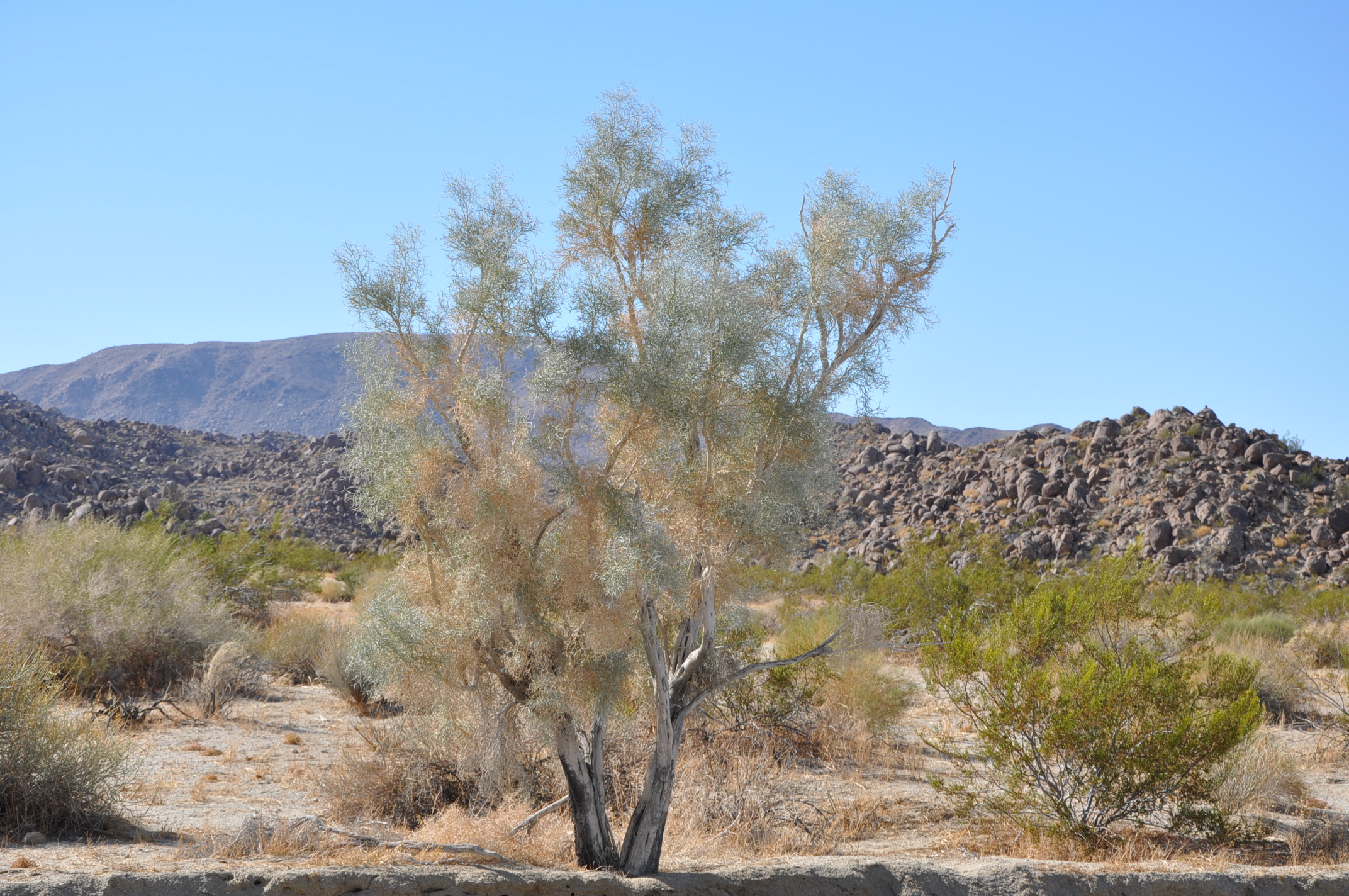
The Smoketree has a unique and rugged appearance within the harsh desert landscape. Its silvery branches contain pigments of chlorophyll that allow photosynthesis to occur year-round under the sunny desert sky. It is covered with spines and holds gray-green branches that tend to be entangled. Leaves tend to emerge after a spring rainfall and remain on the tree only a few weeks each year. The leaves are gray in color, have gland-dots with waxy edges and are very hairy. The trunk is often crooked, and the irregular crown, the result of repeated forked branching of the gray-green branches, creates an illusion of rising smoke when viewed from a distance.
Hearty desert dweller
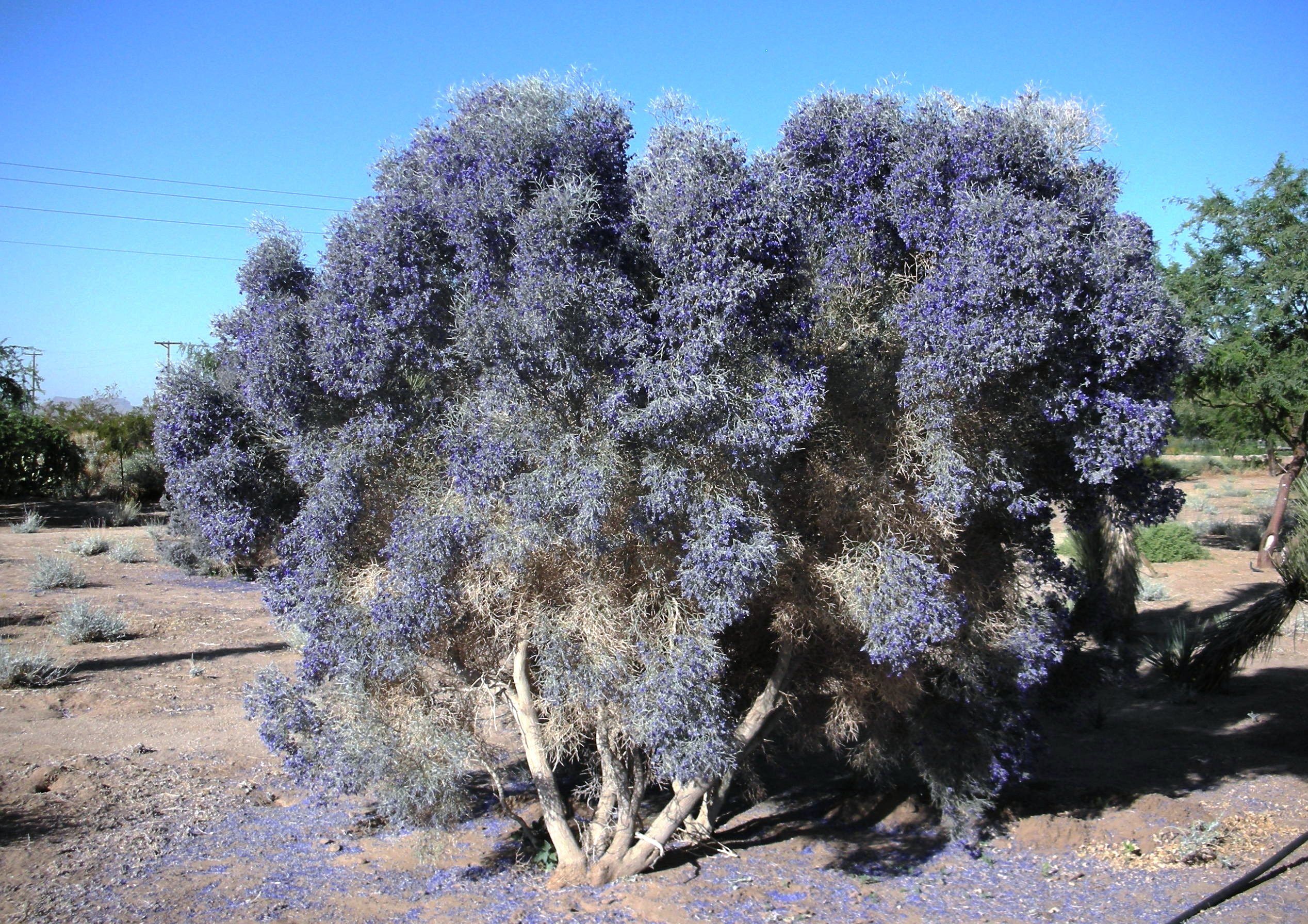
In early summer, the Smoketree explodes in a magnificent bloom of bluish-violet flowers adding a hint of color to the normally brownish desert landscape. Because of their showy bloom cycle, Smoketrees are often used for landscaping purposes. Only an extreme drought will prevent the Smoketree from its spectacular annual blooming.
Sign up for the Live Science daily newsletter now
Get the world’s most fascinating discoveries delivered straight to your inbox.
Tiny beauty and meals
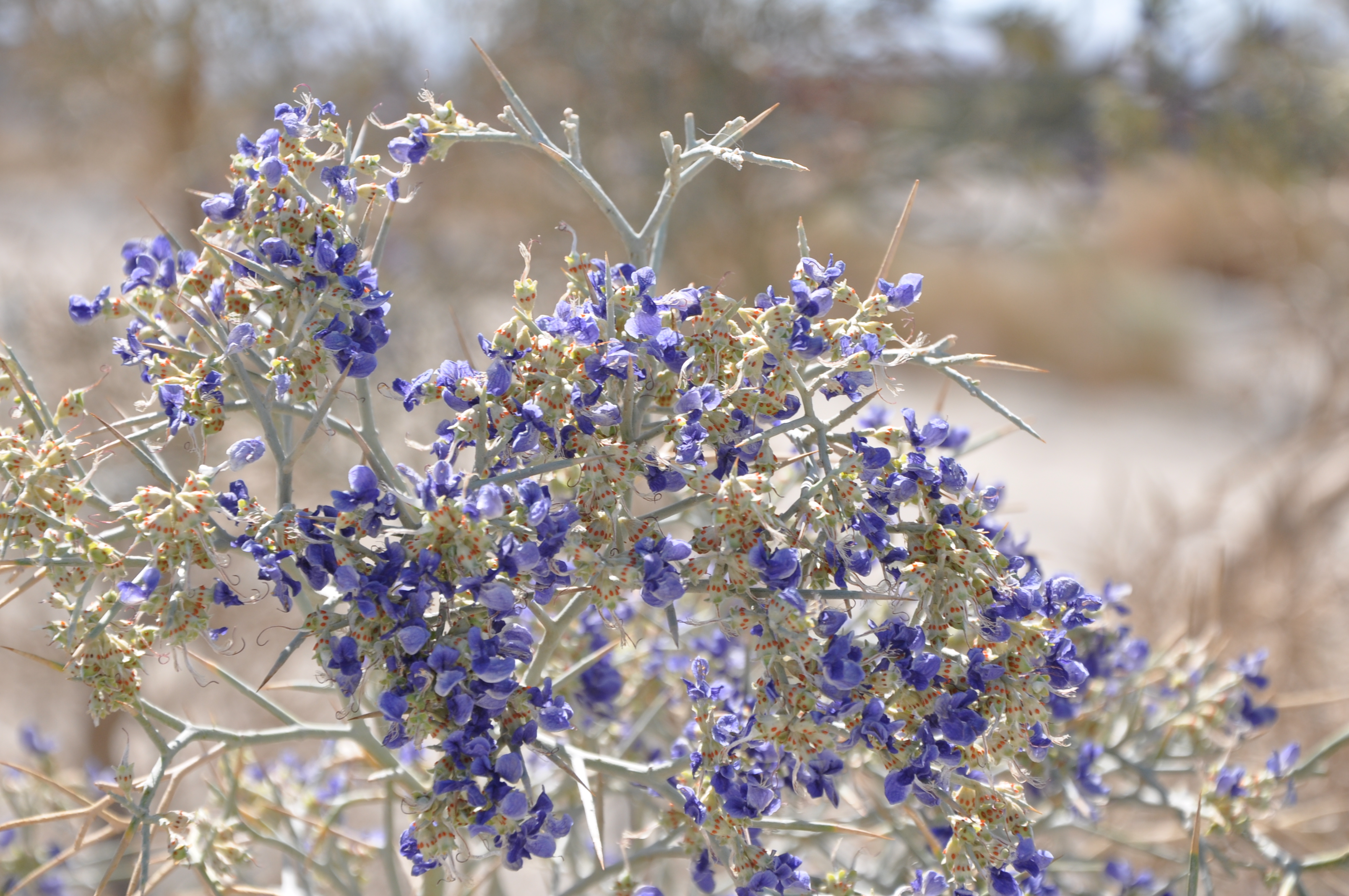
The individual indigo flowers of the Desert Smoketree are small and the shape resembles that of the flowers of their close relative — the pea plant. They grow in 1.5-inch-across (3.8 centimeters) clusters along leafless twigs. Under the warm early summer sun, the flowers do not remain long, and soon the desert floor will be carpeted by a layer of fallen purplish blooms. During the Smoketree's bloom cycle, local desert bees and hummingbirds lap up the nectar. The pollinated flowers will produce a series of single-seeded (it looks like a brown bean), hairy, egg-shaped pods. The pods themselves are covered with fine, whitish-gray hairs. The seeds need just the right amount of moisture to germinate so they can remain viable for many years lying dormant in the desert soil.
Thirsty flora
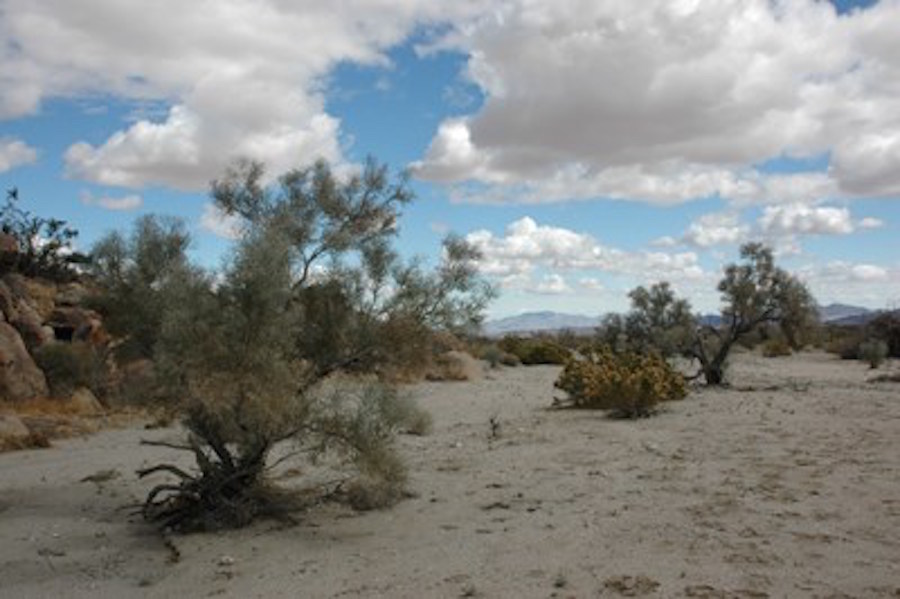
Surprisingly, Smoketrees require a sustained source of water, and so they are so commonly found along and in desert washes (essentially an intermittent stream channel). For their seeds to sprout, the tough, hard seed coat must be scarified; this happens when the seeds tumble and scrape along through the sand and rocks of the desert wash. With sufficient moisture available and scarification completed, the seed will germinate and immediately send a taproot downward in search of a regular supply of water. During this process, there is no evidence above the soil of foliage or growth. Only after such a water source is found, will the smoke tree sapling begin to grow upward, establishing its aboveground foliage.
With such a unique reproduction strategy that depends on flowing water to both disperse and scarify their seeds, the Desert Smoketree growth is limited to desert areas where the flow of water occurs off and on throughout the year. And even when a desert wash or arroyo looks extremely dry, the water found just below the surface of the wash is always significantly greater than what is found at the surface.
Thriving in rough conditions
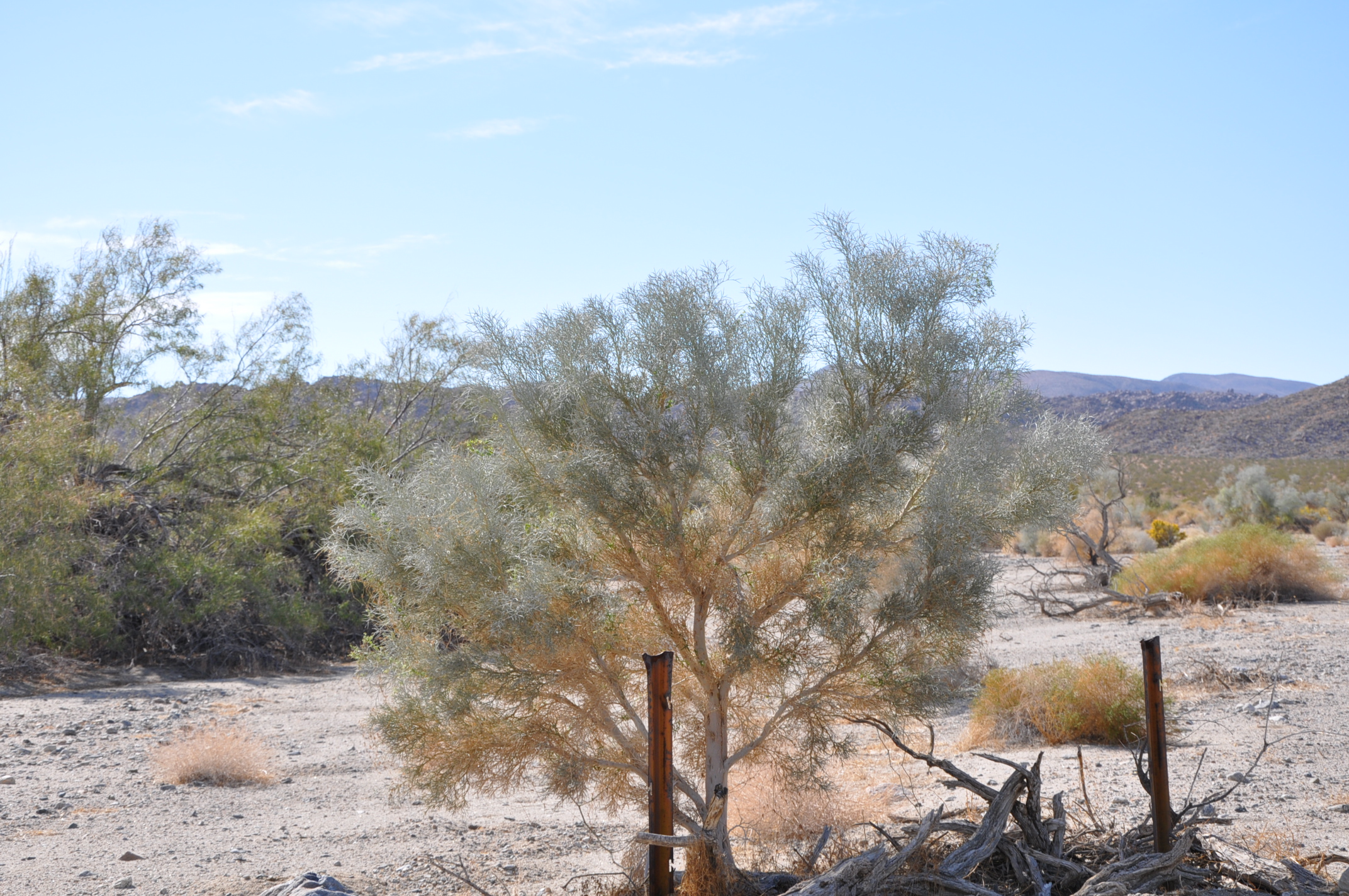
The Desert Smoketree is a ghostly looking resident of the southwest deserts of North America that often looks more dead than alive. With branches and branchlets that are sharp-tipped and stiff, few of the desert's grazing mammals bother to attempt to dine upon it. It grows best where other forms of vegetation would struggle — in decomposed granite or sandy soils that contain little organic materials and that drain well. It is a slow grower even under the most ideal of conditions and thrives in the full radiance and intensity of the desert sun.
Known by many names
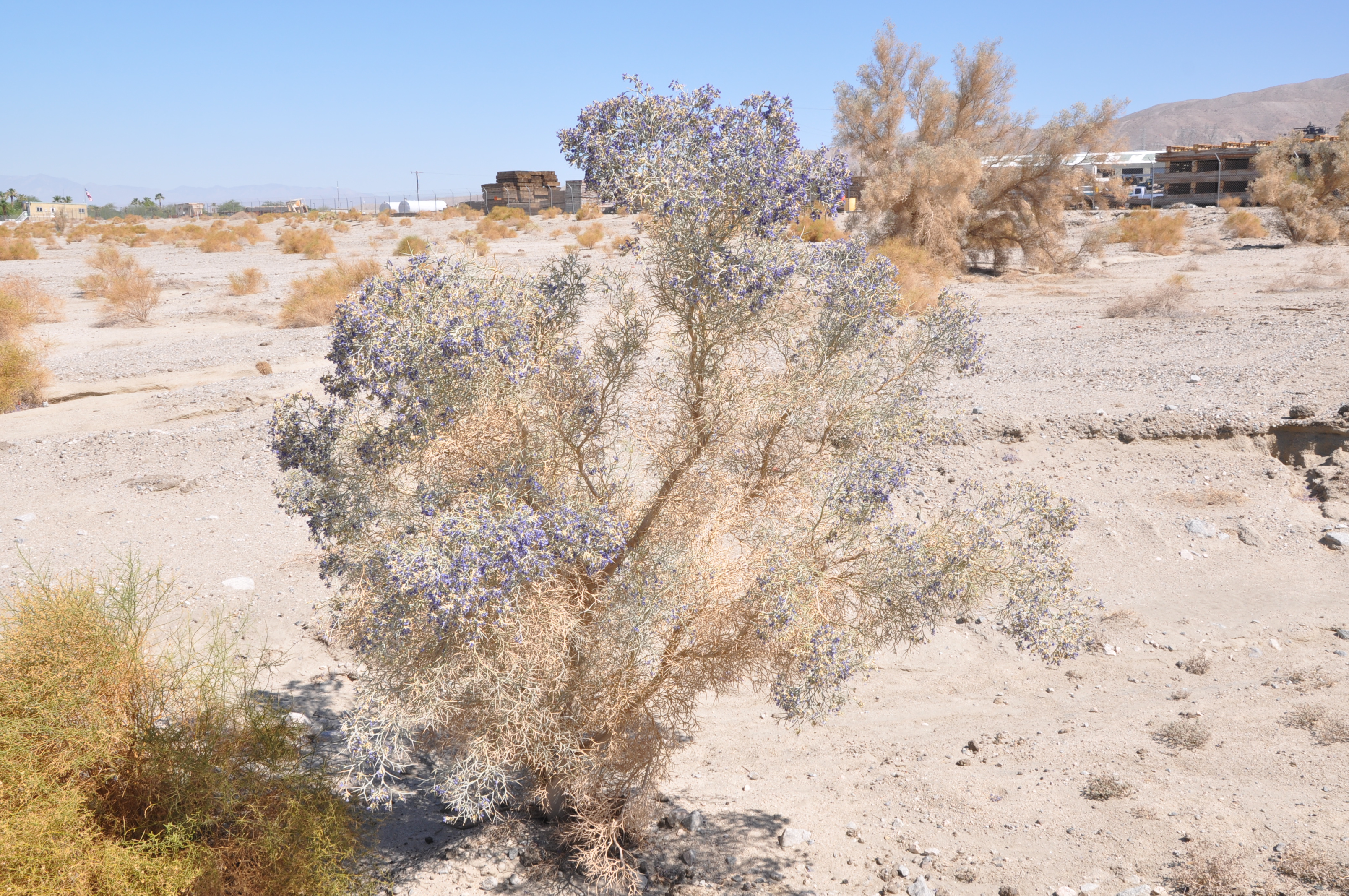
Local names for the Desert Smoketree are about as common as the many crooked shapes and sizes of this arid land plant. Indigo bush, Smoke Thorn, Smoke Tree and Smokethorn Dalea are all names locally used.
In areas where Spanish is the predominant language, this desert dweller is called Palo de Humo (Smoking Stick), Palo Cenizo (ashen stick) or Corona de Cristo (Crown of Christ).










